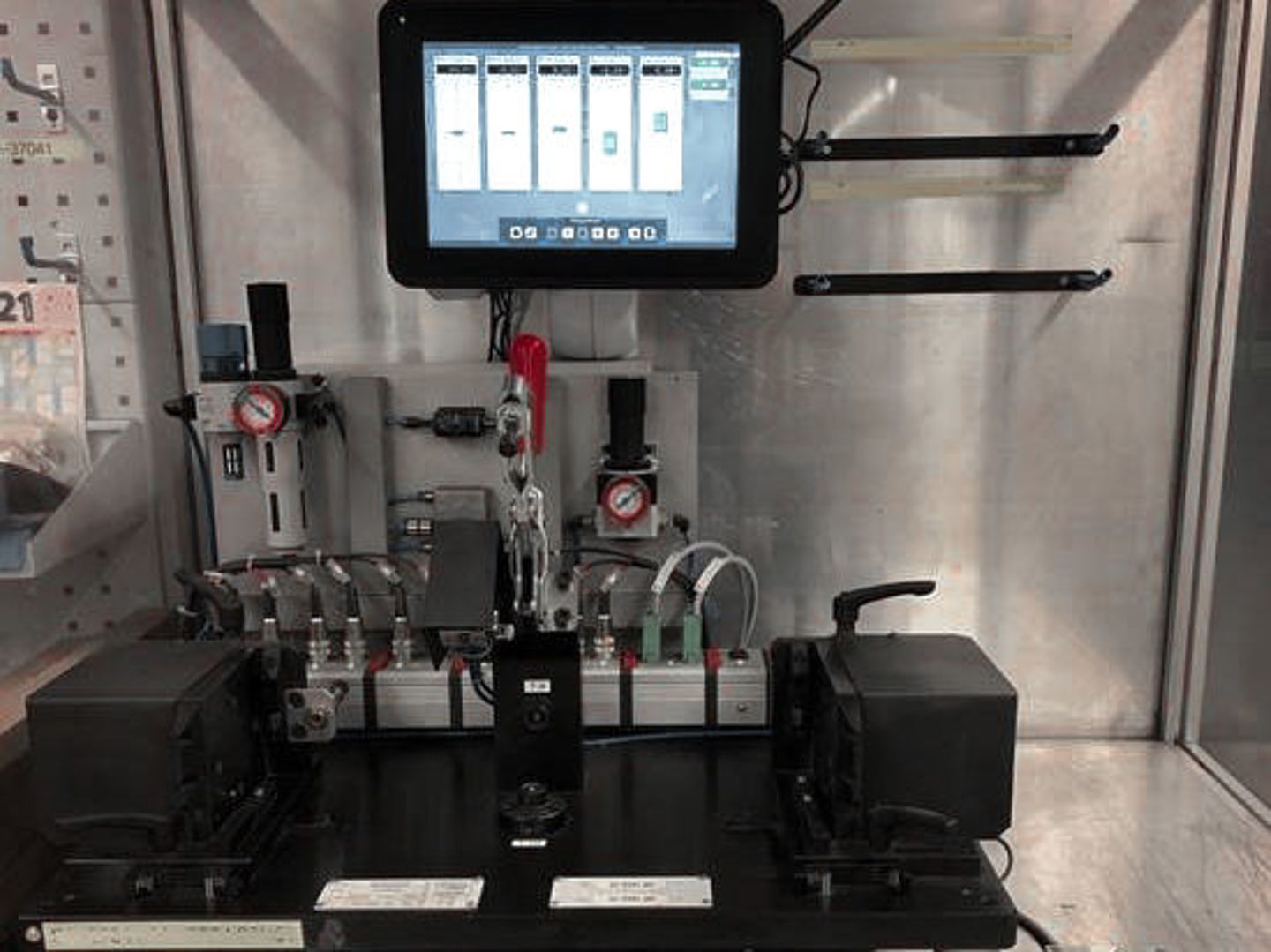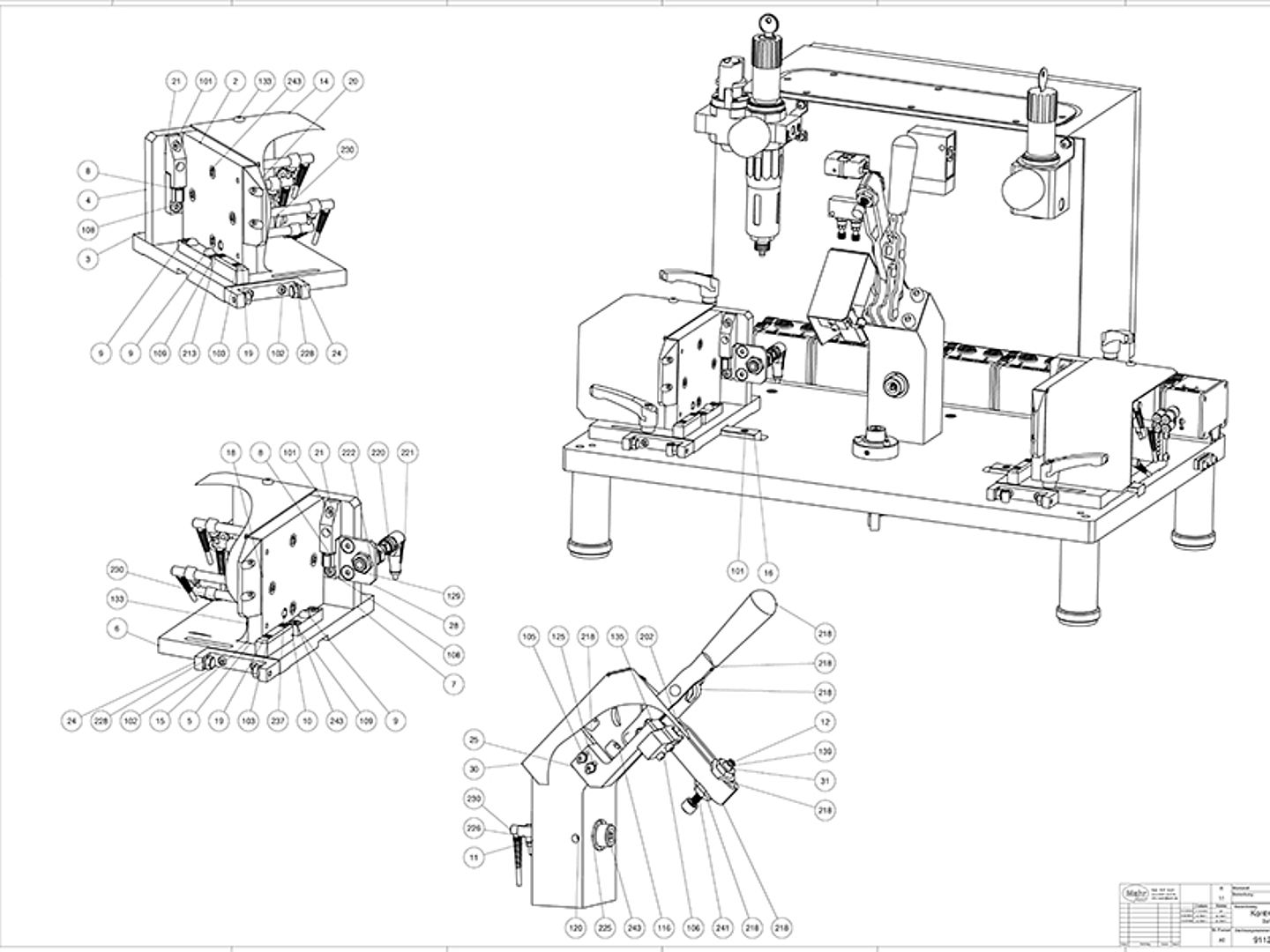Over the last few years, e-mobility has emerged as one of the most important topics of future technologies, not only for automotive vehicles. E-bikes are also becoming increasingly popular. Our customer Aluminium-Werke Wutöschingen (AWW) makes an important contribution to the production of such bicycles and relies on metrology from Mahr.
In the cycling scene, the e-bike has become a popular alternative; you can now see bikes with electronic pedal assistance almost everywhere. Whether in sports, such as downhill and mountain biking or for so-called “city cruisers” (comfortable bikes for relaxed tours, which are mainly found in cities) – the bikes with battery are popular.
The battery: the valuable power plant on the E-bike
To ensure that the integrated electric motor of the e-bike can actually be used reliably, a rechargeable battery supplies it with power. This battery is usually the most expensive single component on the e-bike and must therefore be processed with special care. This includes, above all, a precisely fitting housing that protects the battery and at the same time fits into the frame holder if the battery is not installed directly in the frame of the bike. Aluminium-Werke Wutöschingen AG & Co KG, or AWW for short, manufactures such aluminum housings – and relies on metrology from Mahr to do so.
Specially developed for customer benefit
The measuring solution developed for AWW is a unique measuring station that was designed for and with the customer. After describing the measuring task and all the subtleties to be taken into account, developers and engineers from Mahr, in cooperation with the AWW team, manufactured this measuring station specifically for the quality inspection described above.

Essential: Quality assurance for aluminium housings
Processing aluminium profiles for battery housings makes particular sense in view of their intended use. They have a low dead weight, are corrosion-resistant, durable and, above all, electrically conductive. This conductivity, in combination with the accuracy of fit of the housing, is the key to ensuring that current can flow at the end. With the sensitive interaction of battery, housing and frame, it must be ensured that the battery rests on the intended contact points and the function is guaranteed.
Length and squareness are important
During the actual quality inspection, the aluminum housing is clamped in the device specially developed for this purpose. Inductive bars of the Millimar N 1700 modules determine both dimension and squareness in order to determine the length and angle of the housing. For this purpose, the housing is placed on three steel balls in order to minimize the contact surface and thus also interference. If one or more side lengths of the case are too short or too long, this will affect the ideal fit of the battery. It then either does not fit into the case or the case does not fit into the frame. For this reason, every case is checked in a complex 100 percent inspection. Parts for which the measured values are not within the tolerance range are sorted out.

This content was first published on the Mahr website.

